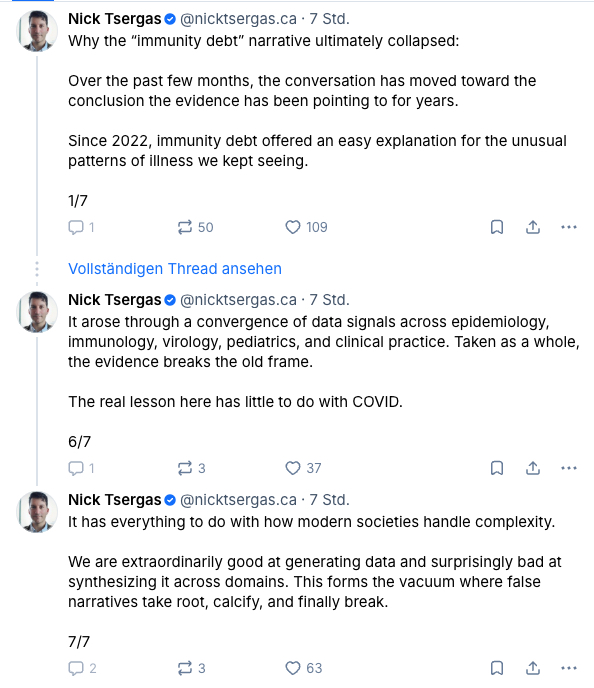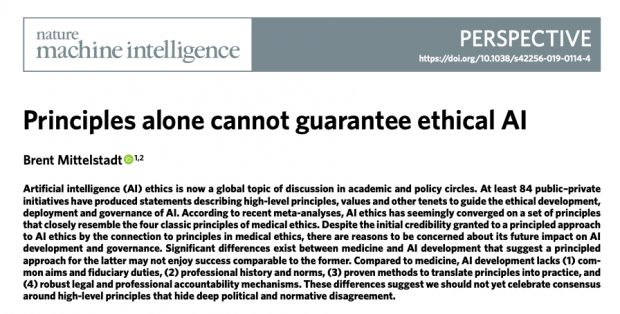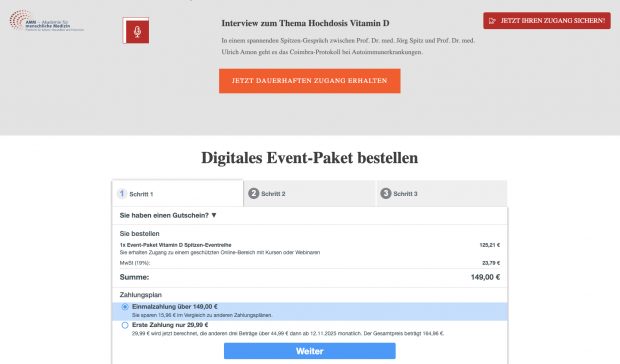I sent chatGPT 5 the new JCI piece and here is what I got:
The editorial opens by invoking the new federal plan “Restoring Gold Standard Science” a phrase so inflated that it already tests the reader’s pain threshold before the first paragraph is over.
Rather than examining what this initiative actually changes, the authors simply echo its vocabulary, “rigor,” “reproducibility,” “transparency” — as if repetition itself could restore credibility. The JCI editorial “Publishing gold standard science” may not be offensive or incompetent, but it comes across as self-congratulatory and bureaucratic—essentially a polished form of institutional advertising.
It mistakes bureaucratic slogans for substance
The authors repeat official NIH language—“rigor,” “reproducibility,” “transparency,” “data sharing”—without analyzing what these terms achieve in practice. The piece confuses administrative formality with scientific reform.
“We encourage the NIH to recognize publishers’ role in conveying research results with transparency and accuracy.”
Such sentences state the obvious but contribute nothing analytic. They reinforce policy orthodoxy rather than scrutinize it.
It rehashes two-decade-old debates
Most of the text is a retelling of Begley & Ellis (2012) and Freedman & Inglese (2014). The authors restate familiar concerns about irreproducibility but add no evidence or theoretical insight—just a timeline of NIH initiatives already well known to anyone in biomedical research.
It presents correlation as insight
The figure showing that SciScore doubled between 2000 and 2012 but stagnated after 2014 directly contradicts the claim that the NIH “Rigor and Reproducibility” framework improved research quality. Instead of confronting that, the authors offer speculation about funding.
“We hypothesize that in the US, underfunding also threatens R&R. … It would be valuable to know what accounted for this apparent improvement.”
This turns a negative result into vague conjecture, avoiding the obvious conclusion that the framework had little measurable effect.
It functions as self-promotion
Large sections describe JCI’s internal procedures—manual QC, data policies, peer-review traditions—without connecting them to measurable improvements in reproducibility.
“In 2025, our staff began manual quality control measures of high-throughput sequencing and proteomic datasets prior to acceptance.”
The tone resembles a corporate sustainability report more than a scientific analysis.
It trivializes the reproducibility crisis
Although the authors admit that there is no evidence of better translation from these reforms, they close with uplifting boilerplate.
“Editors, reviewers, NIH-supported scientists, and the scientific community will continue to work with the NIH… This is a noble and worthy cause for all of us to unite in advancing together.”
The conclusion replaces reflection with ceremony.
It uses circular logic about peer review
The authors argue that disagreement among reviewers is proof of rigor, not a sign of inconsistency.
“Peer review… includes disagreement and dissent — hallmarks of scientific progress.”
This equates friction with validity; dissent becomes self-justifying evidence that the process works, which is logically empty.
It exemplifies performative virtue
Frequent references to “accountability,” “taxpayer dollars,” and “public trust” suggest moral legitimacy but not measurable outcomes. The piece sounds reassuring rather than investigative.
“Calls for restoring Gold Standard science are said to be motivated by the erosion of public trust in science.”
This is a rhetorical maneuver—invoking civic virtue while sidestepping the deeper problem of perverse incentives, selective reporting, and impact-factor economics.
It relies on inflated rhetoric
Expressions such as “robust education of scientists,” “gold standard science,” and “noble and worthy cause” give the essay a sermon-like tone. The writing feels more like grant-language or an internal memo than the reflective editorial it claims to be.
Summary
The editorial is so shallow not because it contains factual errors, but because it exemplifies performative concern for rigor: an official text celebrating reproducibility while offering no reproducible evidence. It turns the language of reform into a form of self-validation, mistaking compliance with substance.
CC-BY-NC Science Surf
accessed 15.12.2025




